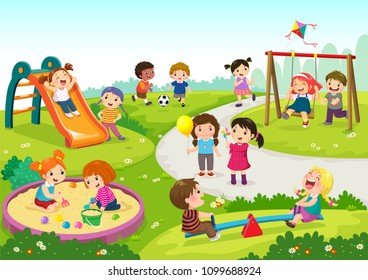Year 1 Literacy
- Description
- Curriculum

Literacy Topic outline for year One
Literacy
Term I | Term II | ||
Topic/Subtopic | Contents/Descriptor | Topic/Subtopic | Contents/Descriptor |
Stories with repetitive language (17 hours) | · Explore and recognize parts of a book including cover, title and contents. · Identify the most common letters associated with each sound in English language. · Listen and respond appropriately to sequences of simple instructions and engage in imaginative play. · Learn to speak audibly and clearly. | Simple rhyming poems (15 hours) | -Explore sounds and words in texts and use phonics knowledge to read decodable words. -Use vocabulary relevant to a familiar topic and begin to write simple stories and poems, including using the structures of ones they have read. · -Show understanding of rhymes and repetition which join in with reading familiar simple stories and poems. |
Recounts of personal experiences (16 hours) | · Choose plausible graphemes to write simple, regular words and make attempts at others. · Identify and blend sounds represented by more than one letter. · Talk about the events for example what happened in the beginning, middle and end of a story. · Understanding of opinions of others and asking simple questions about what was heard or read | Traditional tales (18 hours) | · Identify main characters in the story and talk about what happens to them. · Characteristics of simple stories. · Make inferences based on events in texts and anticipate what happens next in a story. · Retelling familiar stories by captioning pictures and plan their writing by speaking aloud. · Use of capital letters in writing and pause at full stops when reading aloud. |
Traditional rhymes. (16 hours) | · Reading and hearing a range of sample stories, poems and non- fiction texts · Understanding of rhythm, rhyme and repetition while reading familiar poems. · Explore the use of “and” in sentences and use it to join words and clauses. · Write simple sentences and re-read sentences aloud with some fluency and expression. | Poems on similar themes (14 hours) | · Read simple texts independently and spell familiar words accurately. · Respond to questions about texts with some explanations of their thinking. · Suggest how someone’s non-verbal communication reflects their feelings. |
Instructions (19 hours) | · Explore and recognize the features of text structure in a range of different fiction and non-fiction text. · Read verbs with endings -s, -ed, and -ing. |
|
|
Term III | |
Topic/Subtopic | Contents/Descriptor |
Stories with familiar settings (18 hours) | · Identify how contexts and events in stories are the same as or different from real life, making links to their own experiences and expressing likes and dislikes. · Explore explicit and implicit meanings in simple texts. · Use phonics knowledge to sound out some elements of un familiar words and ask for support in spelling them. · Explore the grammar of statements and examples of nouns and verbs in texts. · Taking turns in speaking, expressing own feelings and ideas, and talking about own activities, including what they enjoyed. |
Information texts. (17 hours) | · Explore a range of simple non-fiction text types. · Identify and record interesting and significant words from texts to inform their own writing. · Explore and recognise how texts are different and begin to write for purpose using basic language and features appropriate for a text type. · Use simple organizational features appropriate for the text type, record different people’s answers to simple questions about texts and present texts in a range of different ways. |
- 1Writing the missing letter of the alphabet
- 2
- 3Writing “a” words
- 4
- 5Write ‘b’ words.
- 6
- 7Write ‘b’ words.
- 8
- 9Parts of a book.
- 10
- 11Parts of a book.
- 12Pronoun “I”
- 13Read the story and answer questions
- 14Unit 1 Lesson Summaries
- 15Unit 2 Lesson Summaries
- 16
- 17Unit 3 Lesson Summaries
- 18Unit 4 Lesson Summaries
- 19Proper nouns
- 20
- 21Write the proper nouns with a capital letter
- 22
- 23adding 'ed' to the verb.
- 24
- 25Add 'ed' to the verb
- 26
- 27Adding 'ing' to the verb.
- 28
- 29Cause and effect
- 30
- 31Conjunction 'and'
- 32
- 33Making own stories
- 34
- 35Questions about the story(pg 15 of work book)
- 36
- 37Week 1 Homework Assignments
Week 1 Homework Assignments
- 38
- 39Week 2 Homework Assignment
Week 2 Homework Assignment
- 40Week 3 Homework Assignment
Week 3 Homework Assignment
- 41Unit 5 Lesson Summaries
Simple Rhyming Poems
- 42Unit 6 Lesson Summaries
Traditional tales
- 43Unit 7 Lesson Summaries
Poems on similar themes



